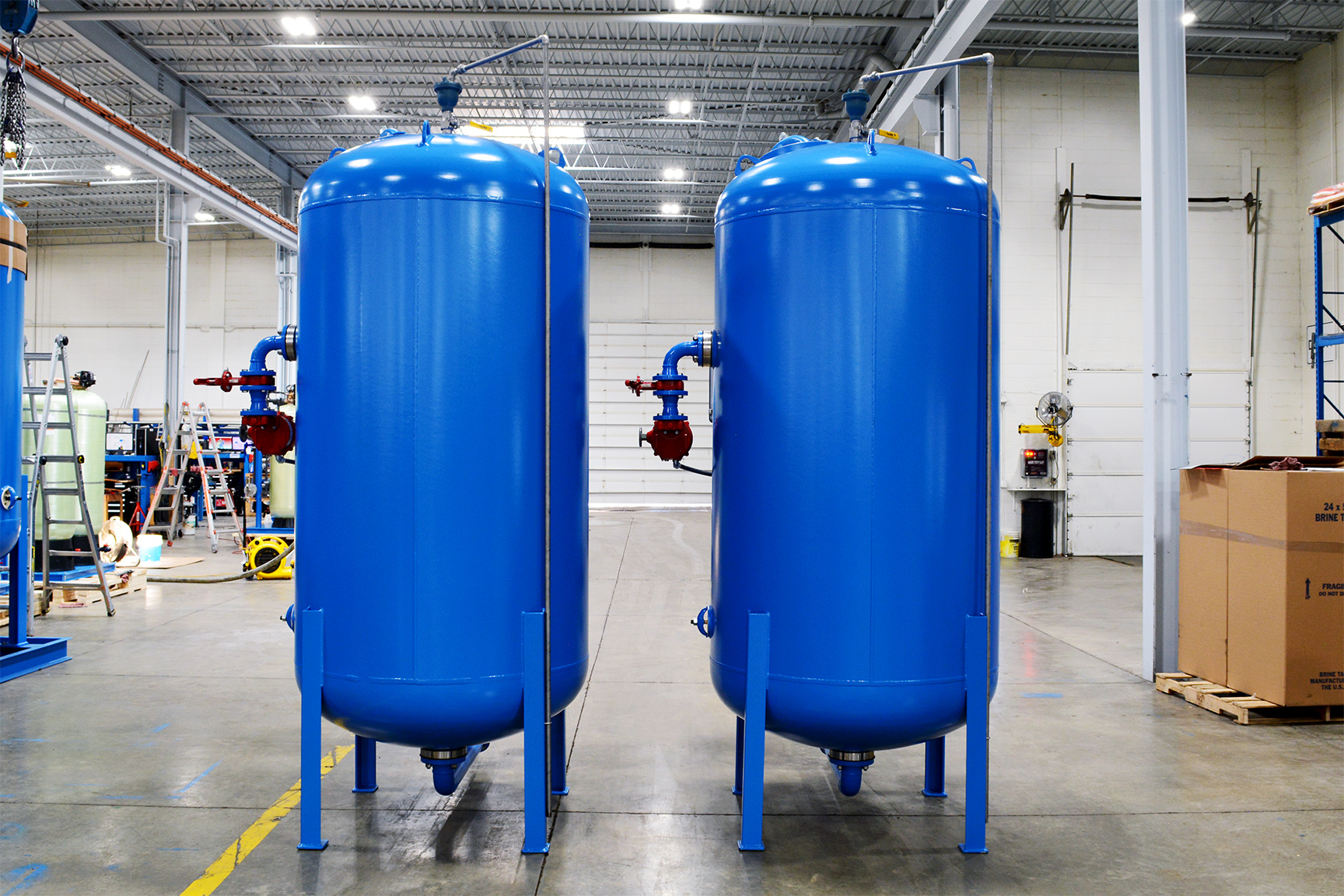
Image Source: Google
As a homeowner, dealing with water damage is one of the most challenging situations you may face. Whether it's due to a burst pipe, a leaky roof, or a natural disaster, water damage can wreak havoc on your property and belongings. In such emergencies, prompt and effective water damage restoration is crucial to minimize the damage and ensure the safety and health of your family.
The Importance of Water Damage Restoration
Water damage can have serious consequences if not addressed promptly and properly. Here's why water damage restoration is essential for homeowners:
Prevents Further Damage
- Water damage can continue to spread and cause further damage to your property if not addressed quickly.
- Immediate water extraction and drying are essential to prevent mold growth, structural damage, and other secondary issues.
Protects Your Health
- Standing water and damp areas can become breeding grounds for mold, bacteria, and other harmful microorganisms.
- Proper water damage restoration helps eliminate health hazards and ensures a safe living environment for you and your family.
The Water Damage Restoration Process
Water damage restoration is a multi-step process that should be carried out by trained professionals. Here are the key steps involved in water damage restoration:
Assessment and Inspection
- Professional technicians will assess the extent of the water damage and identify the source of the water intrusion.
- An inspection helps create a customized plan for water extraction, drying, and restoration.
Water Extraction
- Using specialized equipment, technicians will extract standing water from the affected areas.
- Efficient water extraction is crucial to prevent further damage and speed up the drying process.
Drying and Dehumidification
- Industrial-grade air movers and dehumidifiers are used to dry out the affected areas thoroughly.
- Proper drying prevents mold growth and helps restore the property to its pre-damaged condition.
Restoration and Repairs
- Once the drying process is complete, restoration specialists will repair and restore any damaged structures or belongings.
- This may involve repairing drywall, replacing flooring, or restoring furniture and personal items.
Choosing a Water Damage Restoration Company
When selecting a water damage restoration company, it's essential to choose a reputable and experienced provider. Here are some factors to consider:
24/7 Emergency Response
- Emergencies can happen at any time, so choose a company that offers round-the-clock emergency services.
- Quick response is critical in minimizing water damage and preventing further issues.
Certified Technicians
- Look for a company with certified and trained technicians who have the expertise to handle water damage restoration effectively.
- Certifications from organizations like the Institute of Inspection Cleaning and Restoration Certification (IICRC) indicate a high level of professionalism and skill.
Experience and Reputation
- Choose a company with a proven track record of successful water damage restoration projects.
- Check online reviews and ask for references to ensure the company has a good reputation and satisfied customers.
Preventing Water Damage in the Future
While water damage emergencies can happen unexpectedly, there are steps homeowners can take to prevent water damage in the future. Here are some tips:
Maintain Your Plumbing System
- Regularly inspect and maintain your plumbing system to detect and repair any leaks or issues promptly.
- Replace old or damaged pipes and fixtures to prevent water damage from plumbing failures.
Inspect Your Roof
- Regularly inspect your roof for any signs of damage, such as missing shingles or leaks.
- Address roof issues promptly to prevent water intrusion and potential water damage to your home.
Ensure Proper Drainage
- Keep gutters and downspouts clear of debris to ensure proper water drainage away from your home.
- Grade the soil around your home to prevent water from pooling near the foundation.
In conclusion, water damage restoration is essential for homeowners facing water damage emergencies. Prompt and professional restoration services can minimize damage, protect your health, and restore your property to its pre-damaged condition. By choosing a reputable restoration company and taking preventive measures, homeowners can be better prepared to handle water damage and protect their homes.



